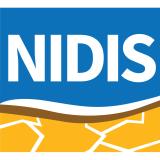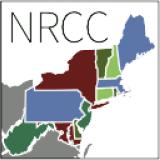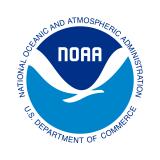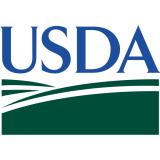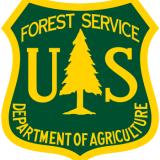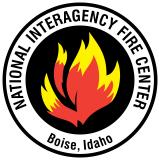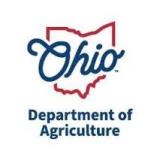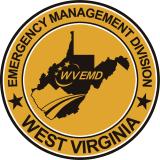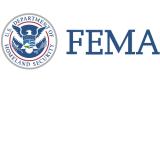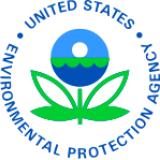Special Drought Webinar for West Virginia and Ohio: September 27, 2024
This special drought webinar provided drought information and resources for West Virginia and Ohio, as well as surrounding states in the Midwest and Mid-Atlantic. Topics included the history and evolution of the ongoing drought; current conditions and outlooks for Fall 2024; wildfire risk updates; and ecological impacts as well as impacts across sectors from agriculture to water supply to public health.
Speakers from the U.S. Department of Agriculture, Northeast Regional Climate Center, NOAA’s National Weather Service, FEMA and EPA Region 3, State of Ohio Department of Agriculture, West Virginia Emergency Management Division, and others shared existing Federal, state, and local resources available to help communities cope with the impacts of drought.



